Skillset to teach Mindfulness
Pursuing nature based pathways to wellbeing are becoming increasingly sought after and thinking about runnning some kind of mindfulness sessions outdoors has become a good marketing prospect to consider.
People are more aware of Mindfulness than ever before and as a result there has been a sharp rise in people wanting to offer Mindfulness as an add-on to their existing service-user provision.
What is alarming is the lack of awareness from people who seem to believe they just need a few pointers, to build their confidence, and that’s all they need for running mindfulness sessions for service users. I have written this post to explains the potential issues with this way of thinking.
Keeping people safe
People who attend Mindfulness sessions, taught by a qualified teacher, are either referred by a clinician or are self-referred. The Mindfulness teacher, prior to the start of the session(s), will ask for pre-disclosure of any psychological or emotional issues and go to some length to ensure there are no contra-indications for each person who wishes to participate.
If people attend Mindfulness sessions and the teacher does not carry out in-depth interviews prior to the session(s), the Practitioner is effectively working ‘blind’ and therein lies potential issues in relation to keeping people safe.
What’s your skill-set?
If you’re thinking that it would be okay to run Mindfulness sessions for non-clinical groups (getting round the need to be qualified) you need to think again as the needs of a non-clinical group of people are just the same, in relation to keeping them safe. All non-clinical really means is that the participants have not pre-disclosed clinical needs. That’s not to say they don’t wish to, but maybe they don’t know they have clinical needs?
To explain, very briefly, it’s not at all uncommon for psychological or emotional issues to surface in participants engaging with Mindfulness exercises, because they relax, they let go and ‘stuff’ they’re holding in bubbles up and can be the cause of discomfort to complete overwhelm. It’s really not unusual to find people becoming a little tearful. It’s less likely to have someone run off into the trees, but it can happen.
Actually, running Mindfulness sessions in non-clinical, or lifestyle settings, can be more demanding than teaching in a clinical environment. So, those wanting to deliver Mindfulness based activities to service-users need to consider their own skill-set carefully in relation to what activities they invite people to engage with.
Simple sensory activities such as inviting people to slow down to notice sounds they hear in nature is best described as ‘Nature Connection’. Inviting people to engage with any kind of relaxation inspired scripts, to encourage relaxation or introspection, is something else entirely and needs to be avoided by anyone not suitably qualified to do so.
The Forest School Association have been striving for some years now to clamp down on people delivering “Forest School” when they are not suitably qualified to do so. It’s just the same with Mindfulness. If you’re not suitably qualified then don’t run sessions called something like ‘Mindfulness in Nature’. If you’re going to be running sensory activities, then call it Nature Connection for Wellbeing, or something similar. If you’re thinking that using the term “Mindfulness” is the way to get what I call ‘bums on logs’ then please consider how mindful (aware) you are being.
Wellbeing in Nature courses
Training designed to suit your needs
Support and signposting
Service-user sessions that involve delivery of formal meditations should be led by a qualified Mindfulness teacher and/or Counsellor with relevant experience.
Anyone leading mindfulness sessions needs to be aware of issues that can arise for service-users. They also need to be knowledgeable and confident in appropriately supporting people and in relation to signposting.
Easing suffering
Since the Pandemic we know that there is a thirst for mental health support and certainly there seem to be growing numbers of people seeking solace in nature. However, you need to consider the reasons why? Perhaps they haven’t admitted to themselves that formal counselling would be more appropriate for their need? Maybe they can’t access, or can’t afford a counsellor? Maybe they want to pursue an ‘alternative’ way to help ease their suffering. Now ask yourself – what’s your skillset?
It’s natural for unqualified people to seek to include mindfulness-themed content if there’s a market for it. However, dismissing the need to be responsible is irresponsible.
Please be strongly advised, you should not consider delivering Mindfulness sessions if you are not appropriately qualified to do so.

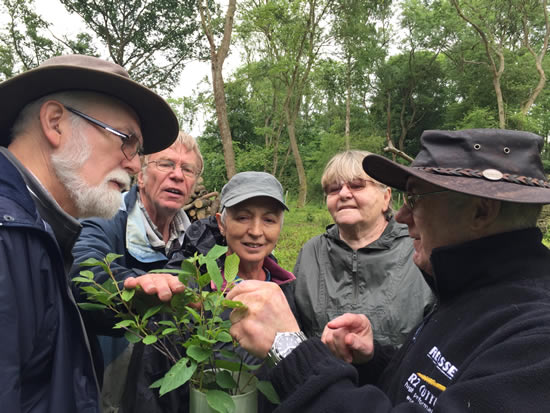
Mindfulness in Nature
In my opinion, if you are not a qualified Mindfulness teacher, you shouldn’t be running sessions that include activities with invitations to relax and connect more deeply with yourself. Sessions should be more about encouraging people to explore why we as humans have such a deep seated affinity with the natural world.
The “mindfulness” aspect of sessions run by unqualified people should be implicit, i.e. teaching different ways that people can engage with nature to bring them into the present moment – which refocusses the mind away from unhelpful, stress-inducing thinking.
Guiding people to slow down and really connect with nature, noticing far more than they might usually do, is harder than you might think. But, it is in the slowing down and the noticing that delivers awareness of the wellbeing benefits of spending time outdoors.
The types of ‘connection’ activities should be about helping people become more aware of how being in nature can help them feel better in themselves, because of links to their evolutionary past, when co-existing with nature was more of an integral part of day to day life.
Generally, when people really connect with nature they feel it delivers a soothing balm to their senses. They feel ‘at home’, can find it easier to regulate emotions and experience other wellbeing related benefits. Such activities are best promoted as something like, “Nature Connection for Wellbeing” rather than “Mindfulness in Nature”.
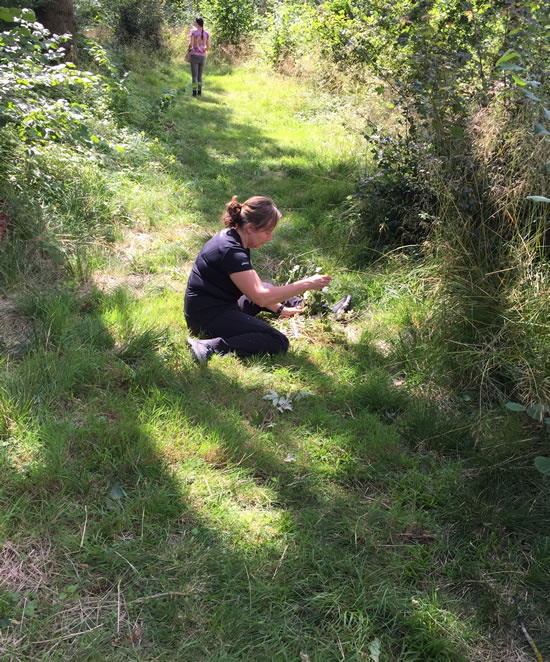
Appropriate delivery
The Mindfulness in Nature course we run aims to share ‘best practice’ to help you make sound judgements in relation to your own skillset and what you decide to run at your own setting.
The training will also deepen your understanding about Mindfulness in general and hopefully, in the future, you may decide to go on and qualify as a Mindfulness Teacher, something I can thoroughly recommend.
I hope this post has helped explain why, before you offer mindfulness, in any form, to your service-users, you need to learn to walk the walk before you start to talk the talk, to ensure you do no harm.
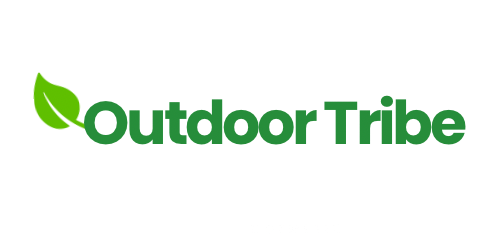

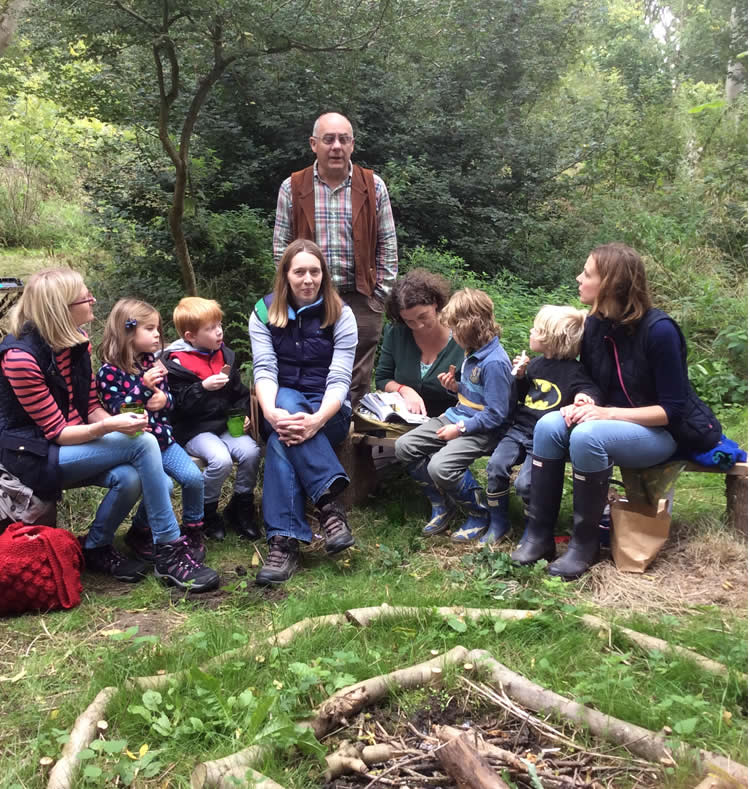
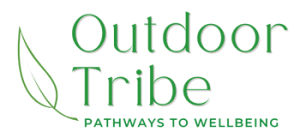
Recent Comments